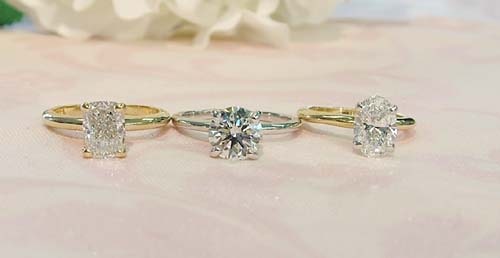
Looking for a diamond for an engagement ring (or even to upgrade your existing wedding band)? It’s wise to look at all of your options so you can make a sound financial decision! Since lab grown diamonds are newer to the market, you might be wondering: do lab grown diamonds hold their value?
Are they as good of an investment as a natural diamond in the long run?
The market price of every product or service will fluctuate up or down in any given time. The same holds true for diamonds. Both mined and lab diamonds have a resale value, but the more important question is: should you buy a diamond as an investment in the first place?
Let’s tackle all questions related to lab grown diamonds and their value so you can make a smart purchase!
Why do people buy diamonds for engagement rings?
Let’s start with a little history lesson.
Up until the mid 1900s, diamonds weren’t even the gemstone of choice for an engagement ring. Instead, colored stones, such as sapphires, rubies and emeralds were used as the center stone in the ring. And usually, those gems were family stones, passed down for generations.
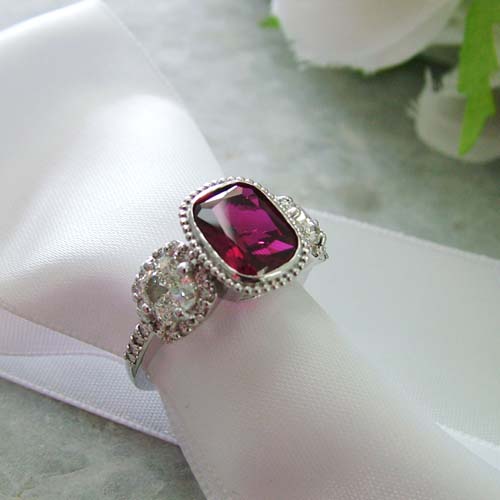
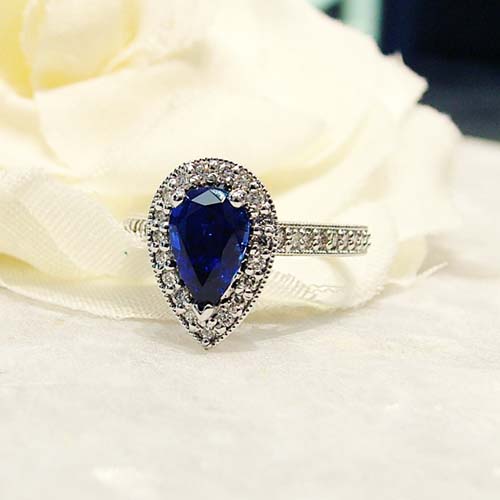
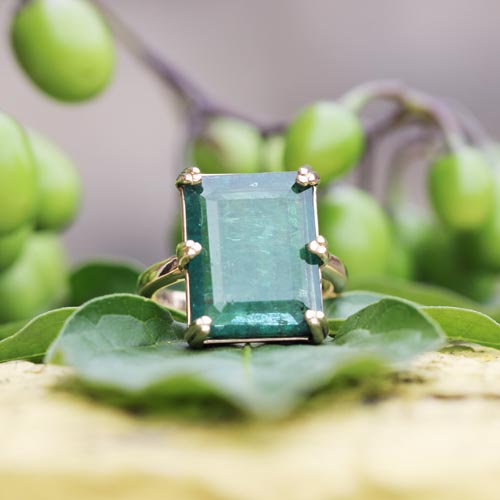
Before the 1900s, getting engaged was never about the monetary value of the jewelry—it was the sentiment that made an engagement ring special. Giving a ring with a family history just adds another chapter to the beautiful love story!
How much can you get if you resell a diamond, anyway?
Years ago, jewelers would tell their customers that buying diamonds were a good investment. Unfortunately, that isn’t the case. Unless you’re a diamond whole seller, you shouldn’t look at purchasing a diamond (or any precious gemstone, actually) as a way to make money.
Most traditional jewelry stores don’t “buy back” diamonds. They will, however, take your old diamond back if you want to upgrade to a bigger stone. But at a significant investment.
Think of it like a casino—the house never loses. The jewelry store not only sells the customer another diamond when they “trade-in” their stone, but also then gets the original stone for free.

If you really want to sell your diamond, whether it’s mined or lab grown, you’ll get the most money from selling it to someone you know. But, that’s not always easy, and it’s risky for both parties.
The other option when you want to resell your diamond is to a pawn shop or resale store.
Depending upon the stone, you can probably get 10-20% of what you paid for your diamond. Why? Because the store has to resell it at a discount because it’s “used,” plus make a profit. And they also need a buyer who wants a used engagement ring at a very low price point.
In any case, buying diamonds or gemstones for investment purposes is not a great idea.
Time for some diamond math!
Say you have a 1 carat natural diamond that originally cost you $10,000. You take it to a pawn shop and they offer you $1000 for it. You’ve now lost $9000. Yikes!
But say you bought a 1 carat lab grown diamond with the same qualities for $1000, and you want to sell it. The pawn shop may only offer you $100 for it—but you’re only out $900. It’s much easier to swallow that amount of loss than $9000!
That’s why most people hang onto their jewelry and pass it down to the next generation. Or, they make new jewelry from it. The value for you and your loved ones will far outweigh the value placed on the stone by a reseller.
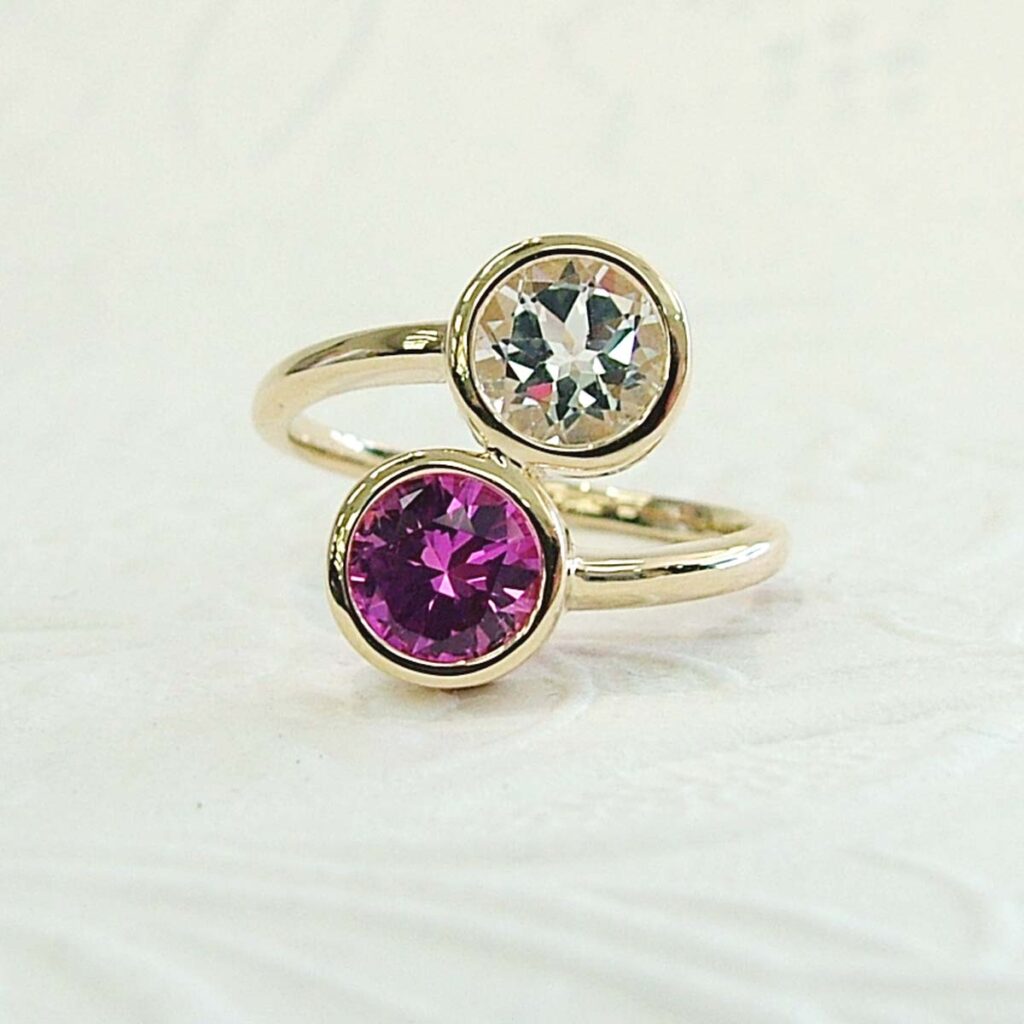
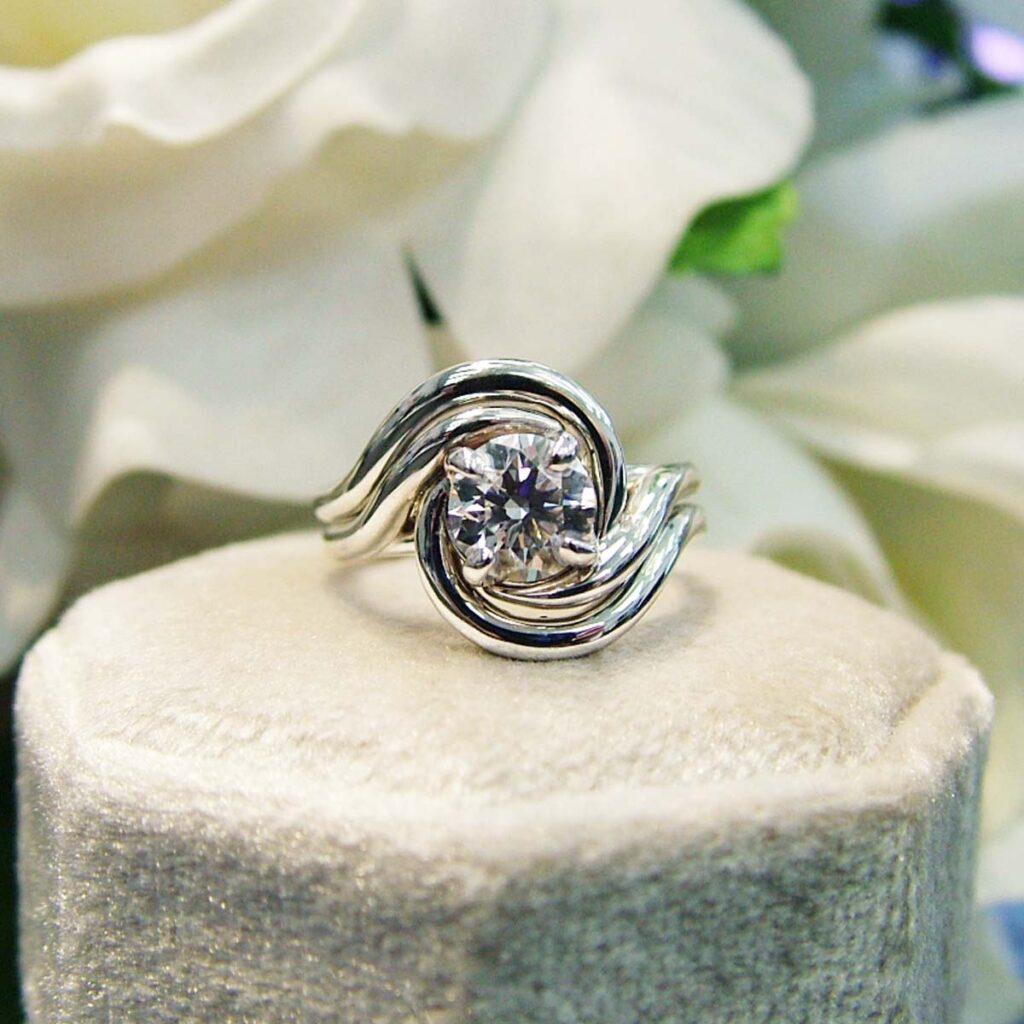
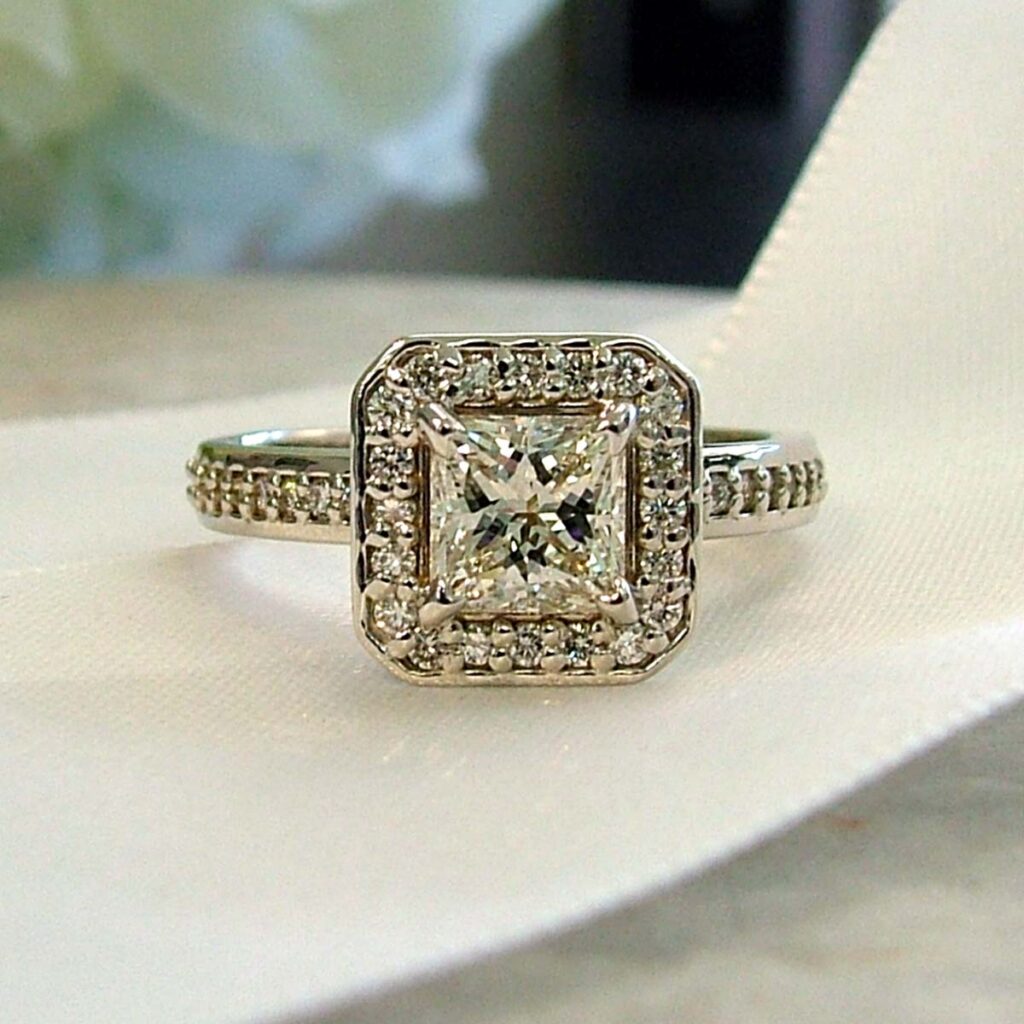
Lab grown vs. mined diamond value and costs
Lab-created diamonds, or synthetic diamonds, are exactly the same as diamonds mined from the earth physically, optically and chemically. The only difference is their origin.
Natural diamonds, or mined diamonds, require using heavy machinery to dig into the earth. Then, miners tunnel through the Earth’s crust to the kimberlite pipe where diamonds are found. This involves removing layers of sand and rock through blasting.
The process is quite costly, and does leave a lasting impact on the environment—and this is why natural diamonds generally cost so much more than lab diamonds.
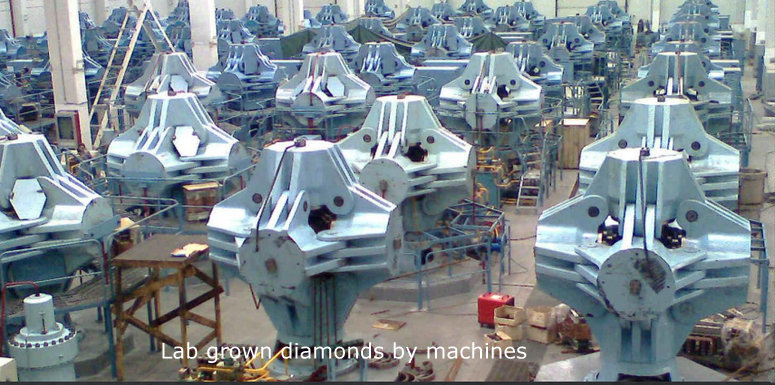
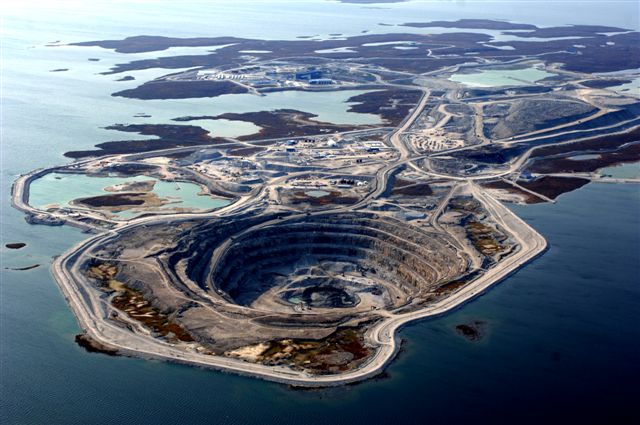
Lab grown diamonds are grown from a pure diamond seed in a lab, which mimics the earth’s process to create a diamond crystal. Depending on the size needed, the growing takes a few weeks to a few months.
Once the crystal has grown to it’s desire size, it is cut and processed just like a mined diamond. In fact, there’s not a jeweler around who can tell the difference between a mined or lab grown diamond without very expensive equipment!
Lab diamond growers have streamlined the process so that these diamonds are less impactful on the environment (most growers even use solar energy to power their factories!)
They also cost 70-90% less than mined diamonds of the same quality!
Other lab diamond benefits
Besides the lower cost and environmental benefits, lab diamonds also cost less to insure than mined diamonds.
A 2 carat lab grown diamond engagement ring will usually only cost $50-60 a year to insure, whereas a mined diamond ring could cost upwards of $250-300 a year for insurance.
Another benefit of a lab diamond is that with the lower cost, most couples can afford a bigger, better grade stone when they get engaged. And let’s face it – after marriage, house purchases and kids – it could be a long time before you can afford an upgrade if you want one!
Can you repurpose old diamonds for an engagement ring?
Yes! Repurposing natural and lab-grown diamonds isn’t just sentimental—it’s also affordable and excellent for the environment. That’s why, when engaged today, many decide to reuse family diamonds and make new jewelry to fit those stones.
The best part is that you can create totally original, unique, and symbolic designs when you repurpose old diamonds. With CAD (computer aided design) technology and 3D printers, jewelers can make a new custom engagement ring that fits the “family jewels” perfectly!
And those rings have so much love and meaning behind them too, which actually makes them priceless.
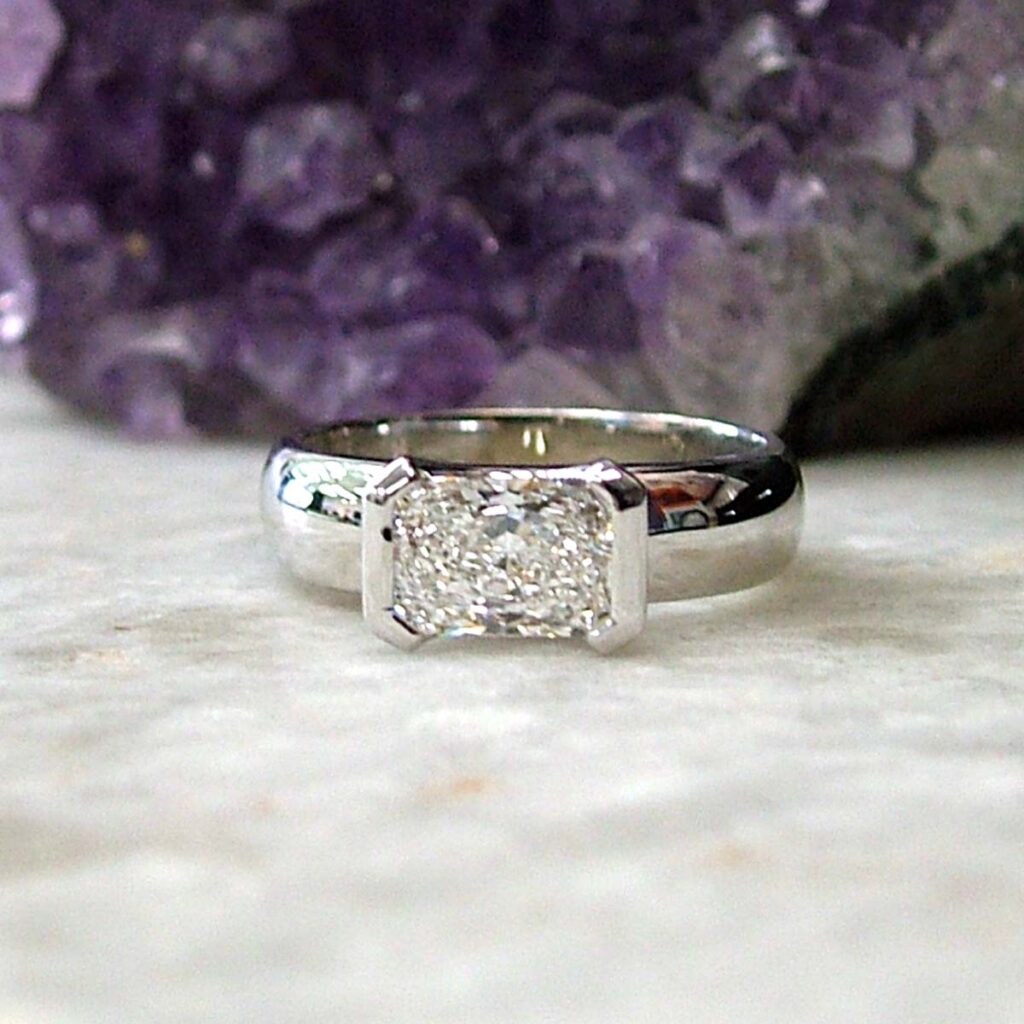
The bottom line is, buying diamonds for investment is not a great idea ever, unless you are collecting the crown jewels! Some of the most precious pieces of jewelry we work on here at Scott’s are not super valuable financially, but are priceless to the customer because of where or who gifted them to them. The value is definitely in the intention!
Have a question about lab grown diamonds? Schedule a free consultation here!